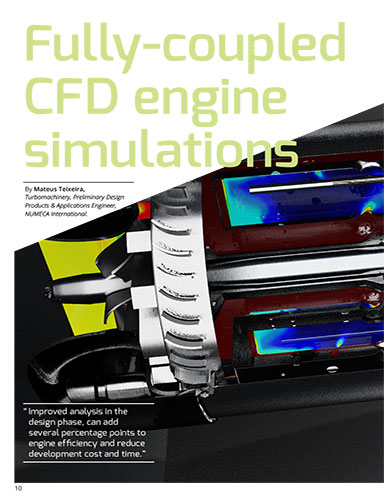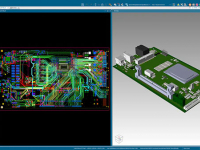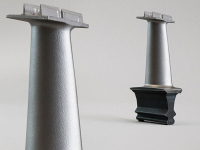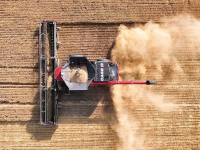
March 26, 2020
Advanced Analysis
The aerospace industry, like many other industries, is under pressure to drastically reduce its environmental footprint. The Flightpath 2050 goals of the European Union state that by the year 2050 all CO2 emissions per passenger kilometer must be reduced by 75%, NOx by 90% and noise pollution by 65% (relative to the year 2000).
One of the ways to achieve these environmental goals is by increasing turbomachinery performance. Improved analysis in the design phase, more specifically development of more reliable predictions, advancement in accuracy, inter-disciplinarity and speed of simulation tools, can add several percentage points to engine efficiency and reduce development cost and time.
One of the main challenges in designing an engine is the complexity in terms of geometrical details (combustion chamber features, turbine cooling holes…) and of interaction effects between the components which must be modelled with accuracy and acceptable computation time.
Complexity
One of the main challenges in designing an engine is the complexity in terms of geometrical details (combustion chamber features, turbine cooling holes…) and of interaction effects between the components which must be modelled with accuracy and acceptable computation time.
Fill out the information below to download the resource.
Latest News








